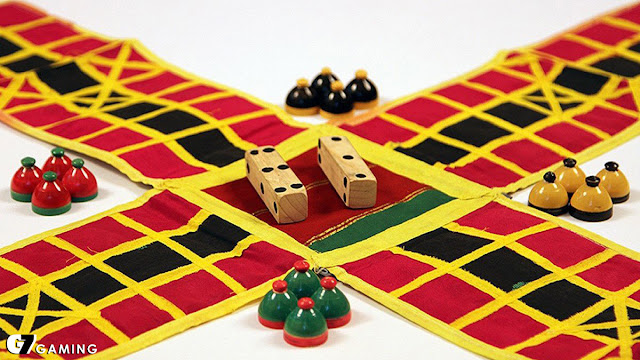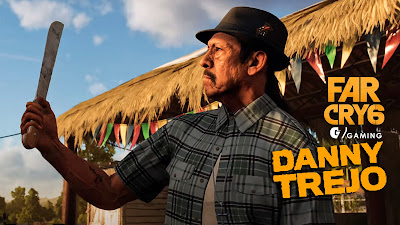Indian Traditional Games That the New Generation Today's Kids Don’t Know About
Sports and Games have consistently been an essential piece of India's rich culture and history. Unfortunately, the present children are so engaged in playing computer games that customary games like Pallanguzi, Lippa, Kabaddi, Gilli-danda have been totally neglected. Gone are the days when kids essentially couldn't hold back to go out and play a couple of rounds of Pithoo or Kith-Kith (Hopscotch) with their companions. The decrease in actual work has led to a large group of medical problems in kids. In this manner, restoring customary games will give a large group of medical advantages.
Pachisi, a table game, was very famous in old India. The game discovers its notice in the Mahabharata. Akbar and his relatives additionally played this game. It includes two to four players who strategize their pawn's continues on a piece of fabric planned looking like a balanced cross to dominate the match.
Chaupar is additionally a prepackaged game which was designed around the fourth century. It incorporates two to four players who use cowrie shells and wooden pawns to design their moves and dominate the match. The contemporary rendition of Pachisi/Chaupar is Ludo which you may have played in your youth.
It is one of the well known games which was played in old South India. Pallankuzhi is accepted to have started in Tamil Nadu and later spread to different spots like Andhra Pradesh, Karnataka, Kerala, and even Malaysia and Sri Lanka. Varieties of the game are called Kuzhipara in Malayalam, Ali Guli Mane in Kannada and Vamana Guntalu in Telugu. The game incorporates a rectangular board, separated into two even lines and seven vertical sections. In this way, there are 14 cups on the board and 146 counters. Normally, cowry shells or tamarind seeds work as counters. Two individuals can play this game at a time.
Turning top or Lattoo is a well known game in Indian towns even today. This straightforward game has been in presence since 3500 BC. Toward the start, tops were made of earth. Afterward, wooden tops started to be utilized. Today, shaded and planner tops are likewise accessible. There is a string which assists with turning the top and furthermore to lift up the turning Lattoo. At least two players can play this game. Every one of the players wrap their tops with the string and afterward loosen up it by pulling the string, causing the top to pivot on the ground. The players need to pick the top with the string as quick as possible. The player whose top twists the longest is pronounced the victor.
Antakshari is an engaging Indian desi game is frequently played by adults and youngsters the same. It started in Indian and is presently played worldwide with modifications. Varieties can be made to the first plan to suit the event, for example, family assembling, weddings, parties, and so on To play this game, two groups are made. One group sings a tune, commonly a Bollywood melody. The other group needs to sing a tune starting with the last consonant of the melody sung by the principal group. Both the groups continue to alternate until one can't think about a tune and in this way loses.
Indian Traditional Outdoor Games
1. Nondi / Hopscotch / Kith Kith :
One of the interesting youth games played in India was Kancha. Different names of the game incorporate Golli, Marbles, Goti, and Lakhoti. It started during the Harappan age. The game includes the utilization of round glass marbles or kanchas. A few group can partake in this game. The goal is to gather the greatest number of marbles by hitting the picked kancha with another. The victor will bring home the whole kit and caboodle of different players.
3. Gilli Danda / Lippa / Dangooli :
Kabbadi is a group activity which requires no gear, just spryness and strength. It began in India and is currently played worldwide. Kabbadi in Hindi means holding the breath. Players structure two groups with 7 to 12 individuals each. Players of one group need to break-in the rival group's region. At the same time, they need to attempt to contact however many rival players as they can. The 'contacted' players are announced out. The group with the most un-number of players toward the finish of the game is announced the victor.
5. Satoliya / Pithoo / Lagori :
Chain is another magnificent youngsters' down. This game is more enjoyable to play when there are more players. The 'denner' needs to get different individuals. When the denner gets somebody, he holds hands with the denner to frame a chain. Together they attempt to get the other excess individuals. Consequently, the got individuals continue to join to shape a chain till every one of the players have been gotten.
Kho Kho is a group game what begun in India. It acquired fame in 1935 when its guidelines were brought out by the Akhil Maharashtra Shareerika Shikshan Mandal. It contains two groups with nine members each. Individuals from the pursuing group sit on the ground in a straight line with elective players situated in inverse ways. The chasers need to get the rival colleagues before the specified time is finished.
8. Hide and Seek / Chhupam Chhupai / Luko Churi :
Dog and the Bone is a children's down contains two groups of at least 5 players each. An item like a cloth or stick is assigned as the 'bone'. An individual from each group ventures forward to encompass the bone set in the jungle gym. The point is to recover the bone without being gotten by the other player.
10. Maram Pitthi / Dodgeball :












writing is too hard than gaming :(
ReplyDelete